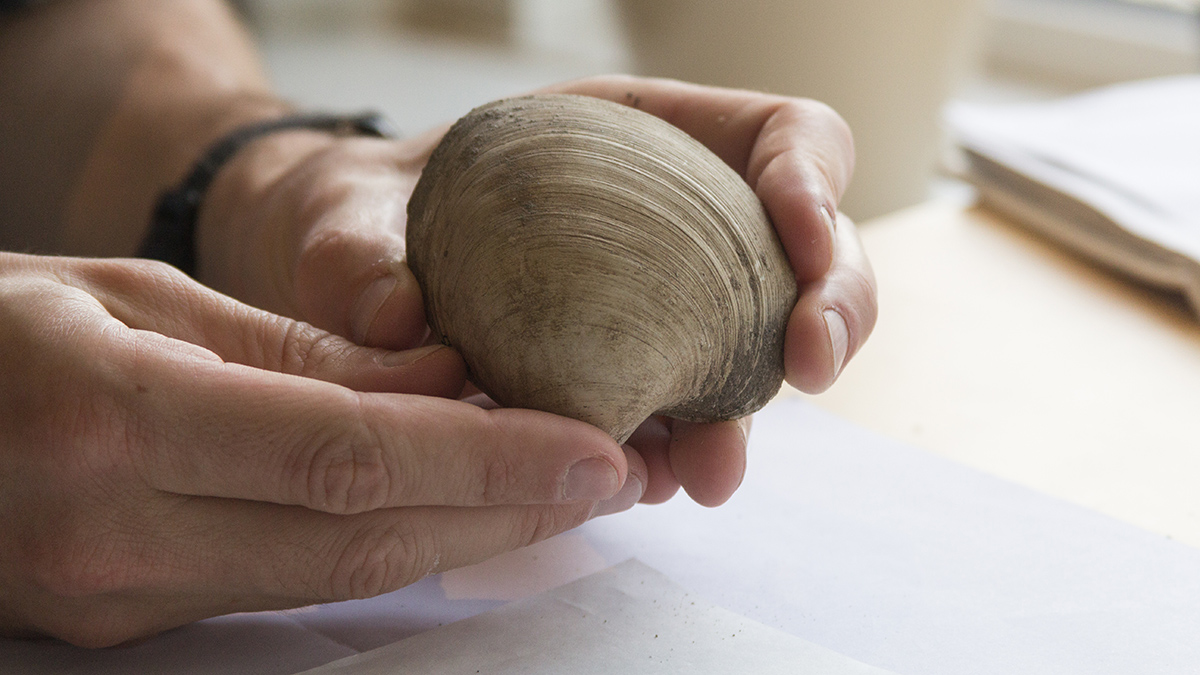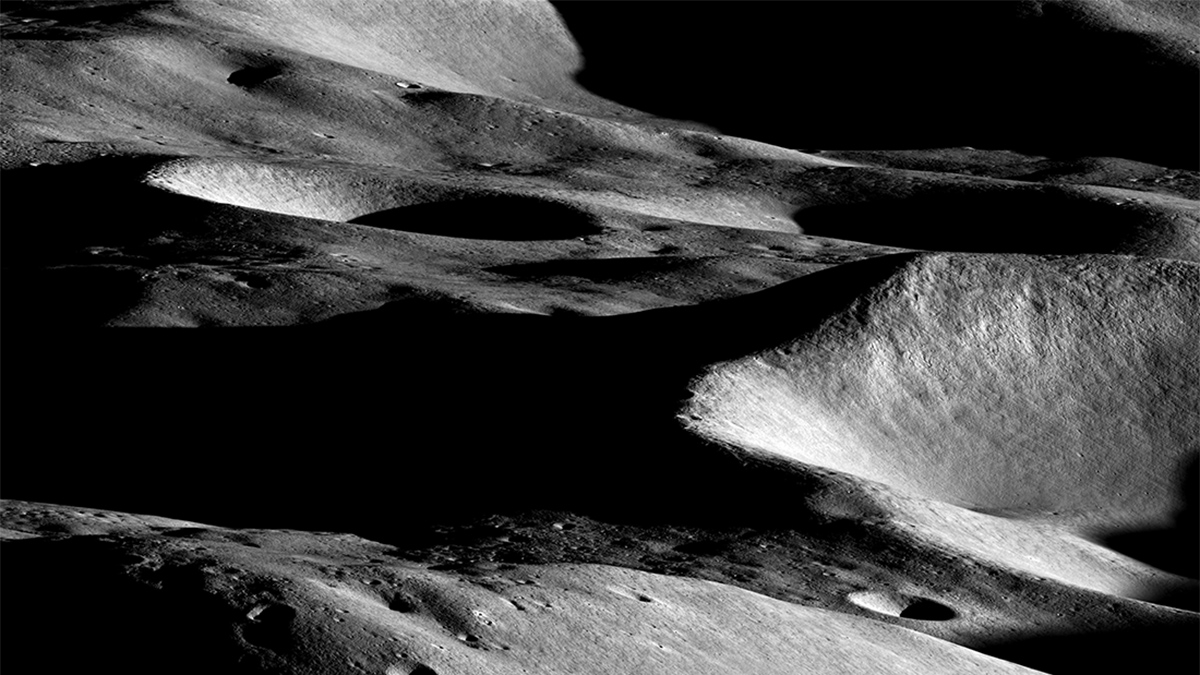Summers could warm faster than winters in northern Europe, paleoclimate research suggests.
Sierra Bouchér
Posted inNews
Carbon Offset Programs Underestimate the Threat of Hurricanes
A single hurricane in New England could wipe out millions of metric tons of forest carbon.
Posted inNews
Mapping the Moon to Shield Astronauts from Radiation
Scientists are charting landing spots that offer future lunar astronauts protection from the Sun and deep space.



